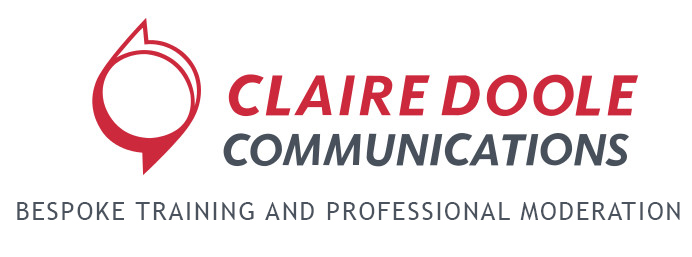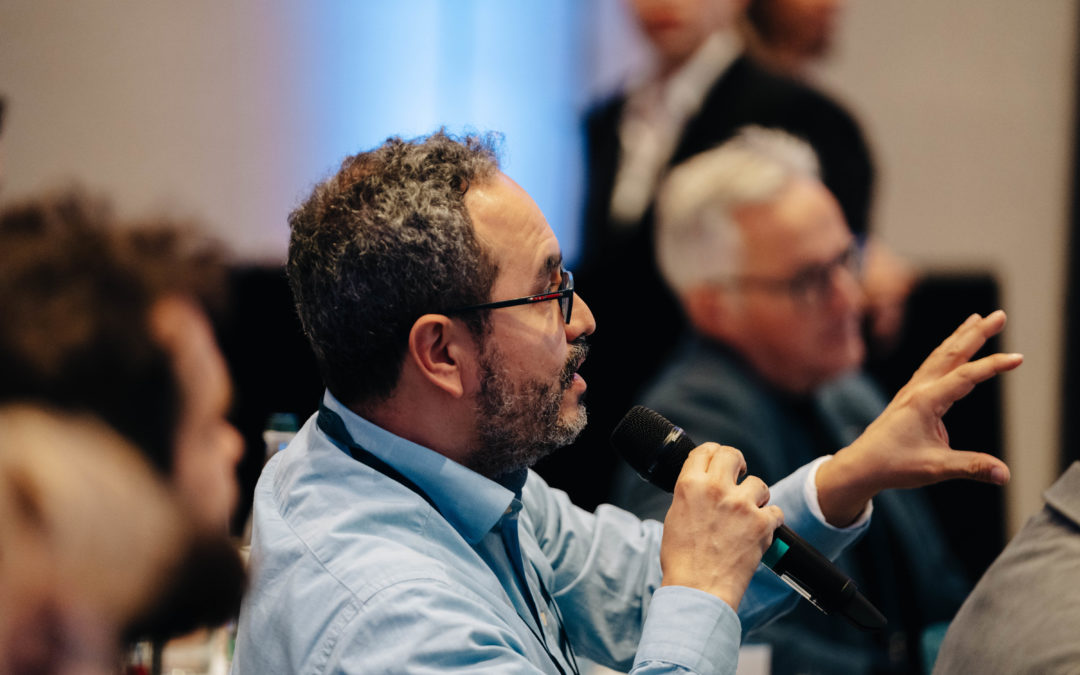
by Claire Doole | Jul 1, 2025 | Blog, Leadership Communications
In last month’s post, I shared some tips and techniques on the art of handling audience questions – whether you’re online, in-person, or in front of a tough crowd.
Now let’s take things a step further. What happens when the question is messy, hostile, or downright confusing? How do you respond when you’re caught off guard—or worse, when no one asks anything at all?
Below are some tips and techniques:
• Reframe convoluted questions: If a question is overly long, vague, or hard to follow, help your audience by tightening it up.
“I am sorry I can’t quite grasp every detail of your question, but I would like to respond to your part about X”
• Be clear when you don’t know the answer: You can’t have all the answers. Here are three options on what to say when you don’t have the answer:
i. Say ‘I don’t know’ – you’ll get back to them. Never, ever, guess.
ii. Ask someone in the audience to respond who is an expert on the subject.
iii. ‘I’m not 100% sure’ When you say this you’re not saying ‘I don’t know’, you’re saying ‘I’m not completely sure’, which is a totally different thing.
• Answering challenging questions: When faced with a challenging question from that angry staff member, board member or at an official hearing – you need to employ the ABC technique I teach in media training – acknowledge the question, potentially reframing it before you bridge to a broader point you want to make – moving from the specific to the general.
• Group multiple questions by theme: One client of mine has to answer up to twenty different questions, including sub-questions on at least five different topics or different aspects of one topic every time she appears in front of a parliamentary hearing in less than five minutes!
She groups the questions under themes and then answers any miscellaneous questions. She even manages to acknowledge some of the MEPs by name. This takes practice and skill.
• Answer questions individually if possible: It is much easier for you to answer questions one by one as you won’t forget them, and it helps the audience too, who can lose track if you answer multiple questions in one go.
• Have a process for taking online questions: When I moderate online press briefings or panel discussions, I also group the questions that flood in from journalists thematically. However, I signpost clearly which question is for which speaker and ask them one by one.
I also like to have a google doc where the event producer can copy and paste the questions as they come in on the chat. They can tweak the English and prioritize the question, even suggesting which question goes to which speaker. This makes it easy for me to group by theme, and ensure that each speaker gets at least one question.
What happens if you don’t get any questions?
It happens. Avoid the temptation to fill the silence. Wait. Some people are nervous about asking questions in public.
Alternatively, ask a question yourself – “A question I’m often asked is…” or “Before I began, someone asked me…”
You can also have someone lined up to ask the first question, or you can ask people to turn to their neighbor to reflect on what the presenter has said and see if they have any questions. As a moderator, I used this technique once, and it worked a treat!
Remember, Q&A isn’t a test – it’s a conversation. Whether you’re dealing with a chatty audience, a sceptical stakeholder, or radio silence, these strategies can help you keep the dialogue meaningful, honest, and engaging.
Claire Doole is a former BBC journalist, UN, IFRC and WWF International spokeswoman who has for more than twenty years trained and coached executives in the art of answering tough questions from the media, employees or the public. You can find out more at www.doolecommunications.com
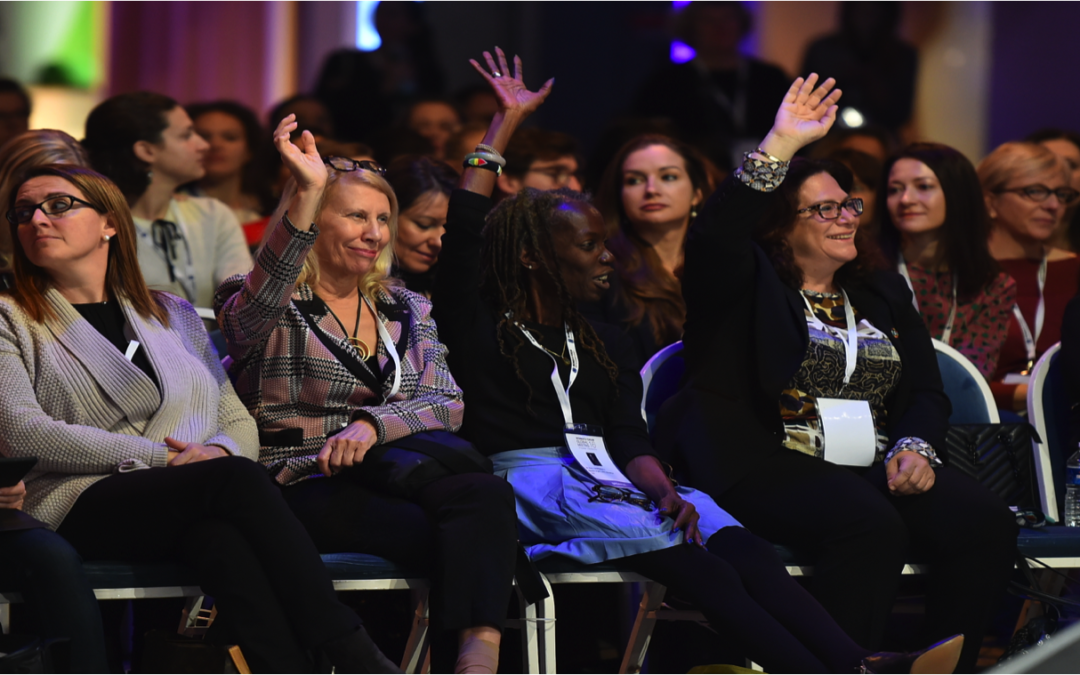
by Claire Doole | Jun 11, 2025 | Blog, Public Speaking
For some presenters, the Q&A is the best part of any speaking engagement. They are more at ease, enjoy the exchange and sharing knowledge.
But for others, the question-and-answer segment can be extremely testing even for the most seasoned presenter. Here are a few challenges:
• Online events: Questions pour in via the chat, leaving the presenter frantically scrolling up and down to find the pertinent questions.
• External events or conferences: When audience members seize the opportunity to talk about their organization or experience, rather than ask a question to the presenter. (As a panel moderator, a comment rather than a question from audiences is an occupational hazard!).
• Town halls: When the presenter/speaker is faced with a challenging staff member, keen to ask that killer question.
• Formal meetings or hearings: The presenter is required to answer many questions in a fixed amount of time, often from members who ask multiple questions on a wide variety of subjects.
Having faced all of the above – as a panel moderator and presentation trainer here are some techniques for staying calm and focused when the questions start flying.
• Anticipate the difficult questions: When preparing your presentation or remarks, think about your audience and the specific challenging questions you could expect from them.
• Set the rules of engagement: Let the audience know that you want questions, not comments. If an audience member goes into a long speech, you can then legitimately ask them what their question is. (As a panel moderator I intervene on behalf of the audience when a questioner goes into comment mode!)
• Listen carefully to the question and seek clarification if you don’t understand it: As the presenter, you have to make sure that not only you but also the audience understands what is being asked.
• Have a process for taking online questions: When I moderate online press briefings or panel discussions, I also group the questions that flood in from journalists thematically. However, I signpost clearly which question is for which speaker and ask them one by one.
I also like to have a google doc where the event producer can copy and paste the questions as they come in on the chat. They can tweak the English and prioritize the question, even suggesting which question goes to which speaker. This makes it easy for me to group by theme, and ensure that each speaker gets at least one question.
Next month I shall share more tips on answering tough questions, whether they come at a town hall, conference or public hearing.
Claire Doole is a former BBC journalist, UN, IFRC and WWF International spokeswoman who has for more than twenty years trained and coached executives in the art of answering tough questions from the media, employees or the public. You can find out more at www.doolecommunications.com
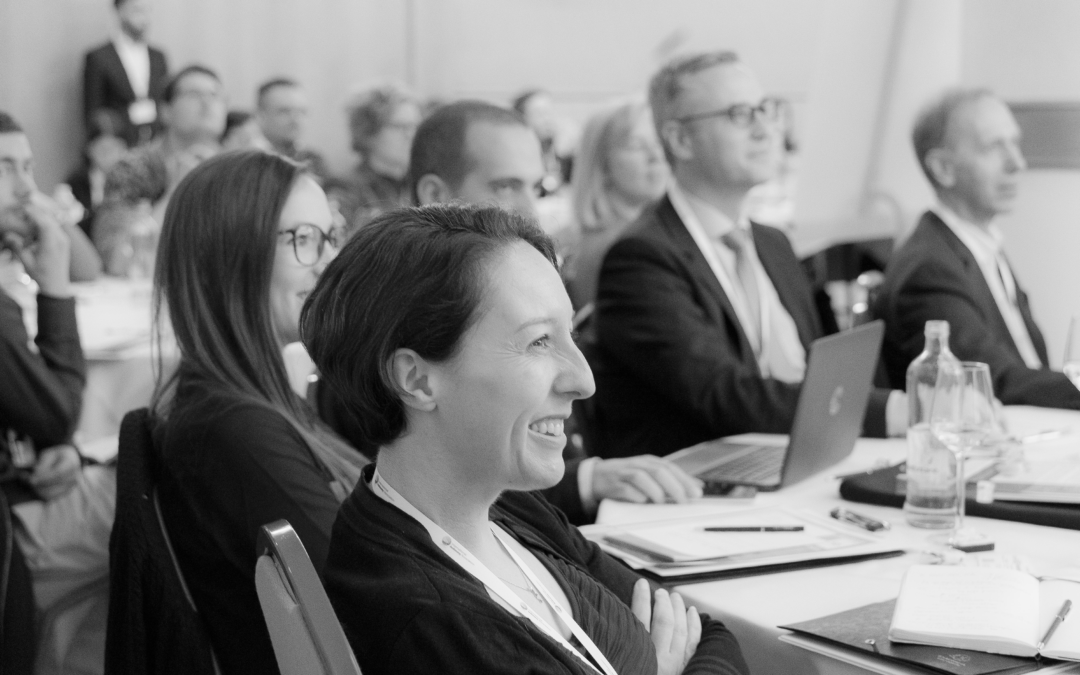
by Claire Doole | Mar 4, 2025 | Blog, Organising events
“Organising an event can be a lot of work for little return” is increasingly the refrain I hear from communication and marketing teams.
They take up a lot of time and resources to prepare and publicise but fail to attract commensurate audiences.
For some, there are just too many side events in competition with each other for audiences and even for speakers. This was certainly the case at the World Economic Forum in Davos this year, and at the AI summit in Paris – where I am told some events attracted as few as 15 attendees.
In Europe budgets are tight, and cuts in US funding are making international and non-governmental organisations reassess their priorities.
Some events previously considered a nice to have but not essential may now be shelved. Others, such as annual congresses, assemblies or UN World Days marking the goals of the organisation, may have to statutorily go ahead.
So how do you get more bang for your buck in these economically challenging times?
This month I was asked to give a talk in London to members of the Global Communications Development Network about the secret of engaging events.
Below are some observations/pointers from the roundtable hosted at the European Bank of Reconstruction and Development.
• Think like a TV or radio producer when selecting your panel topic—make it timely and audience-focused. Identify key questions first, then reach out to potential speakers to assess their fit. Frame it as an initial inquiry, emphasizing that the final lineup will ensure diverse perspectives, geographies, and genders.
• Select high quality speakers well in advance. If you leave it to a few weeks beforehand you tend to get panels built around what people know about rather than what the audience wants them to talk about.
• Cast the panel to ensure different opinions and views. Many of the organizations I moderate for tell me that they want a lively “BBC style debate” but invite only people who say the same thing. The moderator at this point has no option but to play devil’s advocate.
• Have a few in-depth interviews – the so-called fireside chat – with a key speaker can be far more productive than organising a panel that as mentioned above requires a lot of editorial thought and advance planning.
• Choose a moderator who rigorously prepares. Insist that all moderators whether in-house or external hold briefing calls with the speakers.
• Entertain your audience as well as inform and educate them. Make sure your programme is varied and appeals to as many senses as possible – sight, hearing, smell, taste and touch.
• Pick a date that doesn’t conflict with other major events in the calendar. It is unwise for example to hold an event linked to climate change at the same time as the annual Conference of the Parties (COP) to the Climate Change Convention as audiences and relevant speakers may not be available.
In these economically challenging times, many organisations are not holding events themselves, but joining forces with others – as a way of keeping costs down and also attracting a potentially bigger audience!
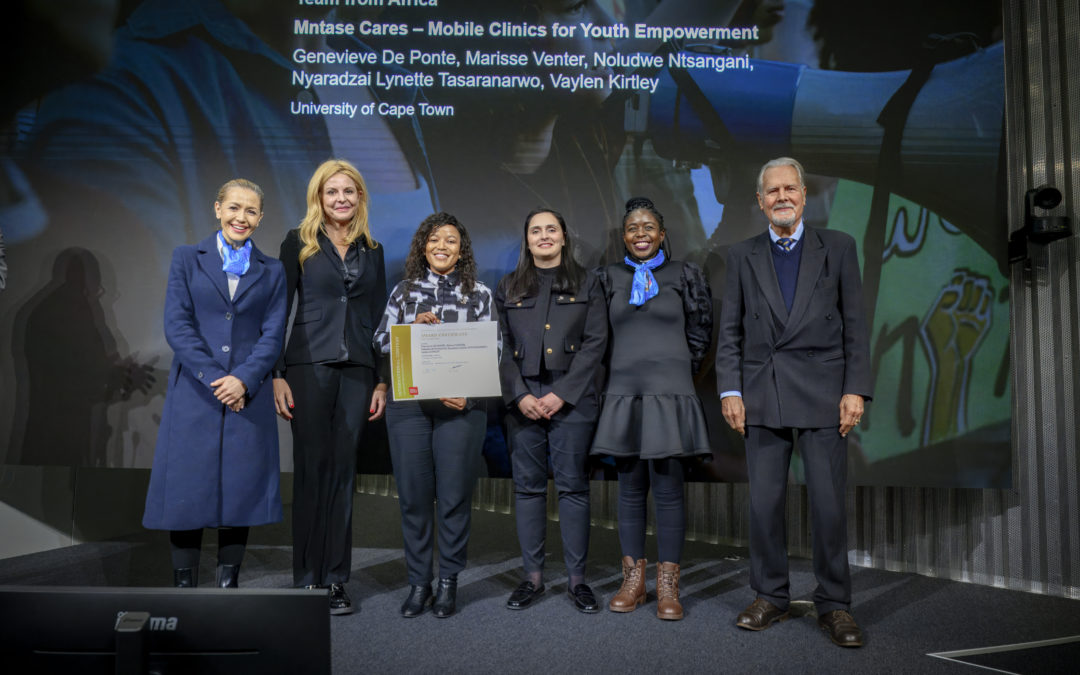
by Claire Doole | Jan 6, 2025 | Blog, Leadership Communications
At the end of last year, I coached the finalists for the Geneva Challenge – an annual global contest under the patronage of the late UN Secretary-General Kofi Annan organized by the Graduate Institute of International and Development Studies.
Five teams, each representing a continent, had to convince a jury of high-level policymakers that their project offered the best solutions to the challenges of youth empowerment.
They were master’s students from some of the world’s most prestigious universities.
But their task went beyond explaining their ideas. They had to persuade the jury that their proposal would effect change. Not an easy task given that they were not development policy experts.
Each five-member team delivered the first draft of their 15-minute presentation for me to review and propose changes to make it more impactful.
Below are some tips I gave to turn them into award-winning presenters with compelling presentations.
• Start with the Why. Why did your team decide to develop this particular project? What was your motivation? How can this build your credibility with the jury?
• Establish your credibility at the start, as otherwise, the audience won’t accept what you say. Introduce any team expertise in the area or, more powerfully, add a personal story.
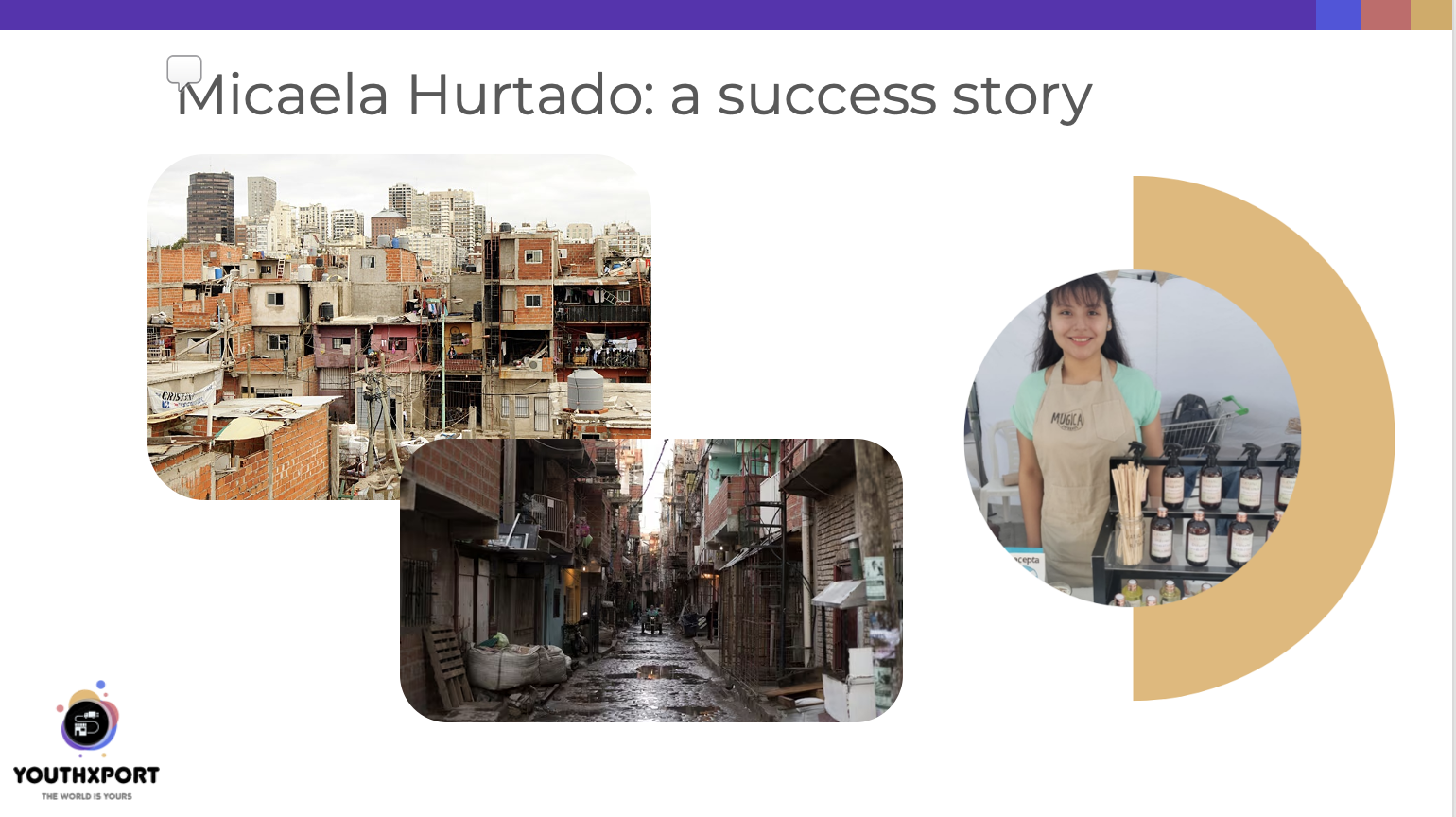
• Focus your presentation on demonstrating how your solution addresses the real-world problem, emphasizing its practicality and feasibility. Avoid spending too much time on the context and problem, as many presenters tend to do.
• Make bold statements.
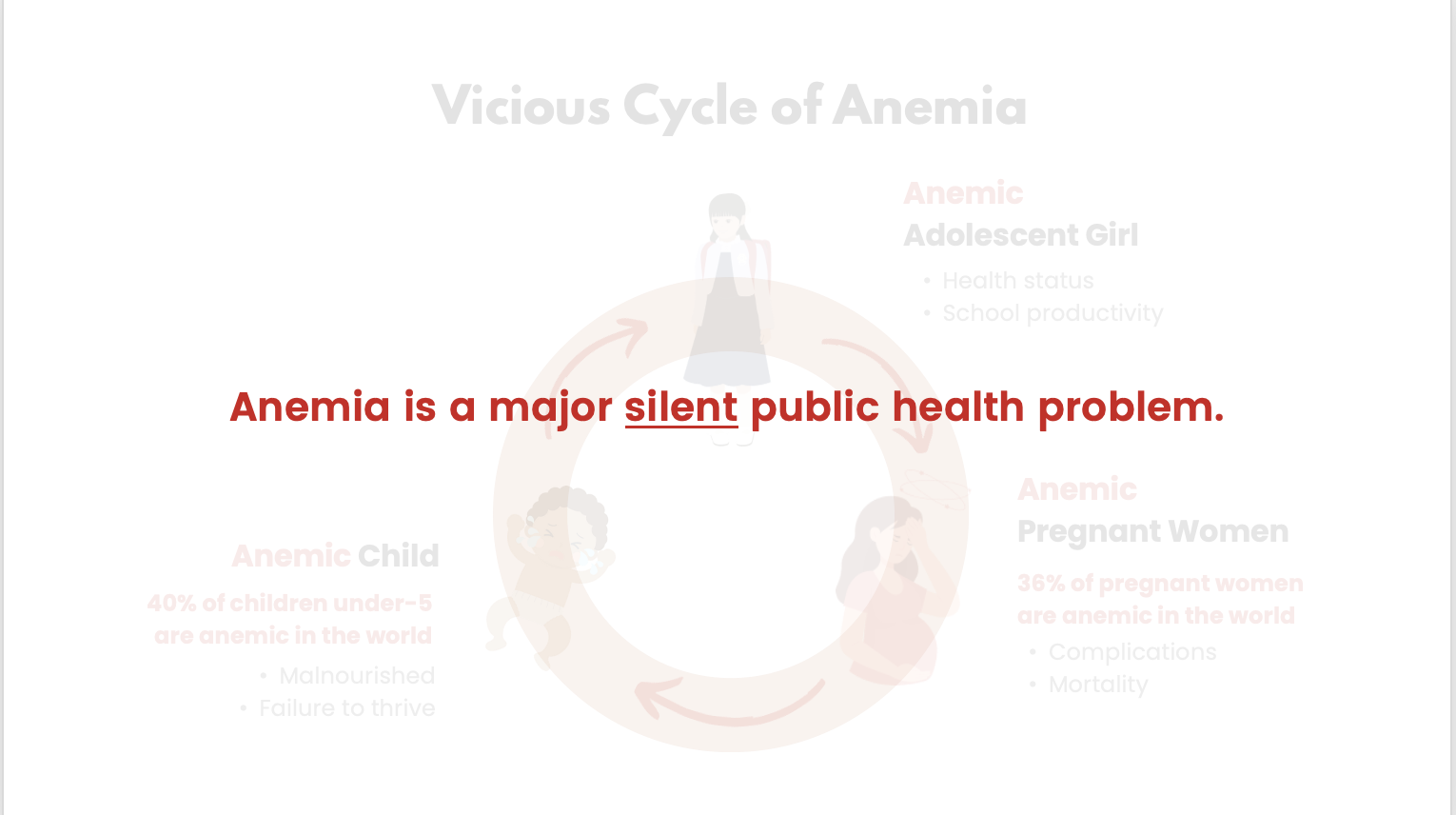
• Put a title on each slide, unless a photograph. Make sure it is a message rather than an explanation of what the slide is about.
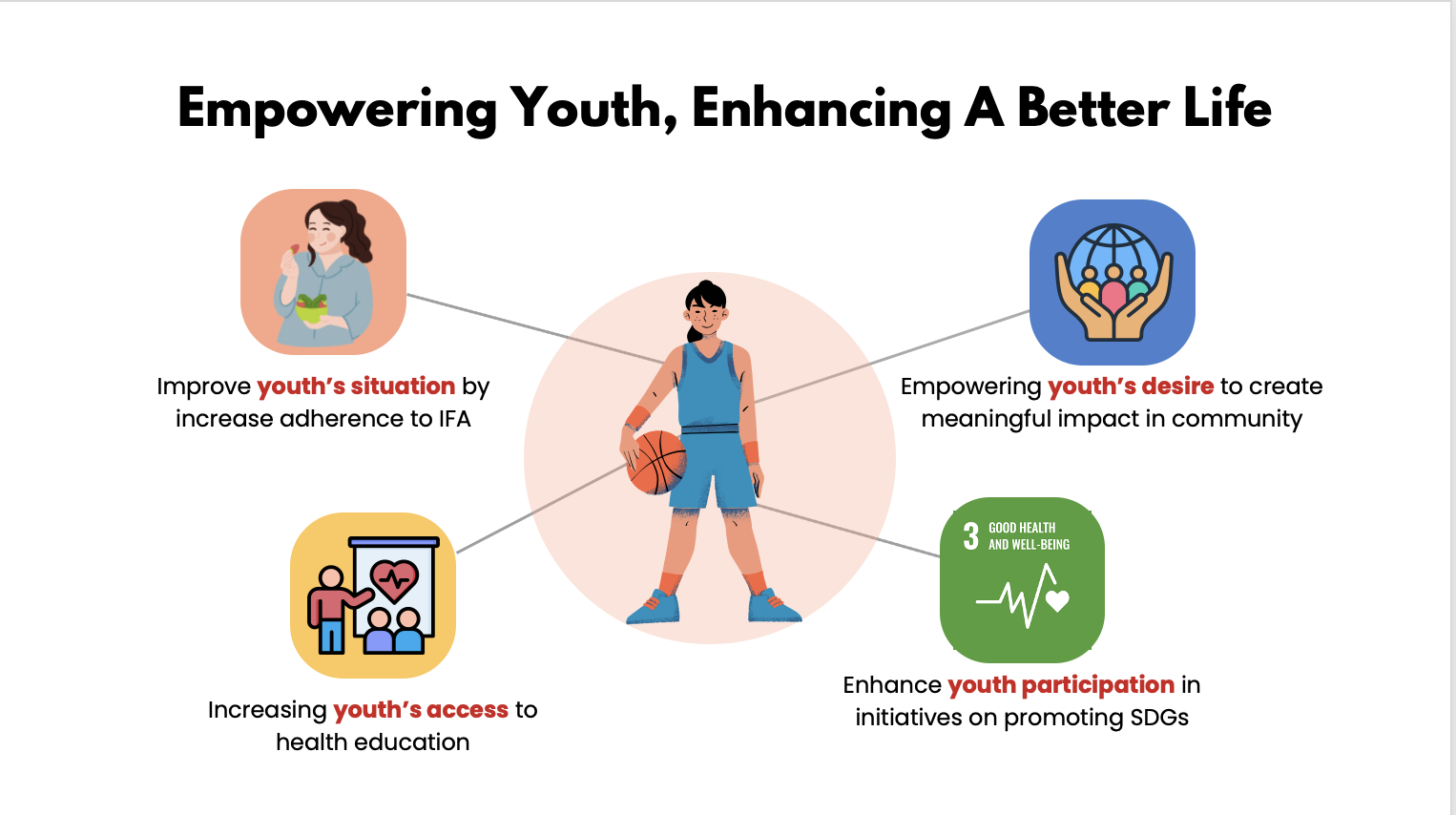
• Use analogy to make the message memorable.
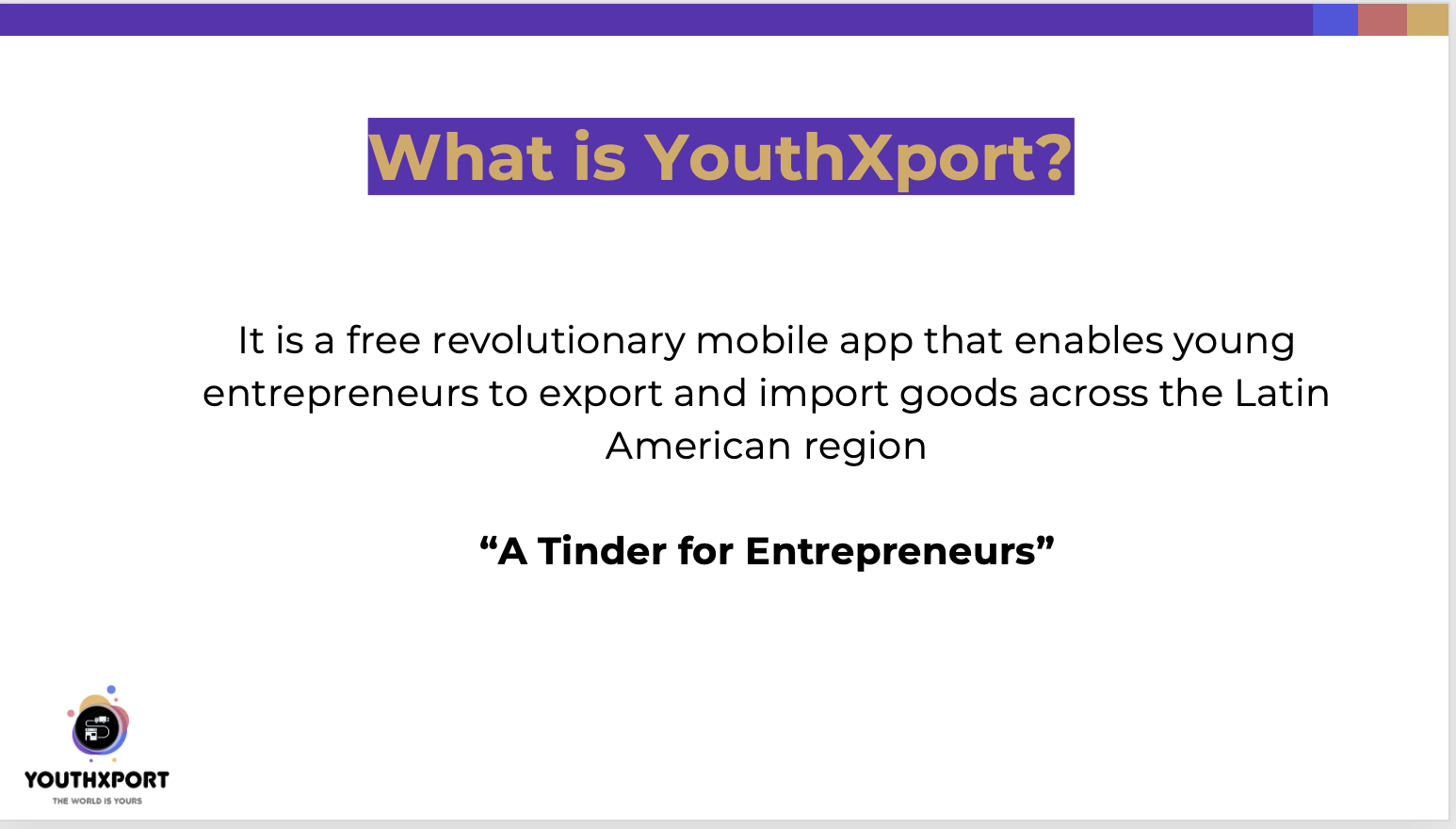
• Simplify numbers – and bring the points up one by one.
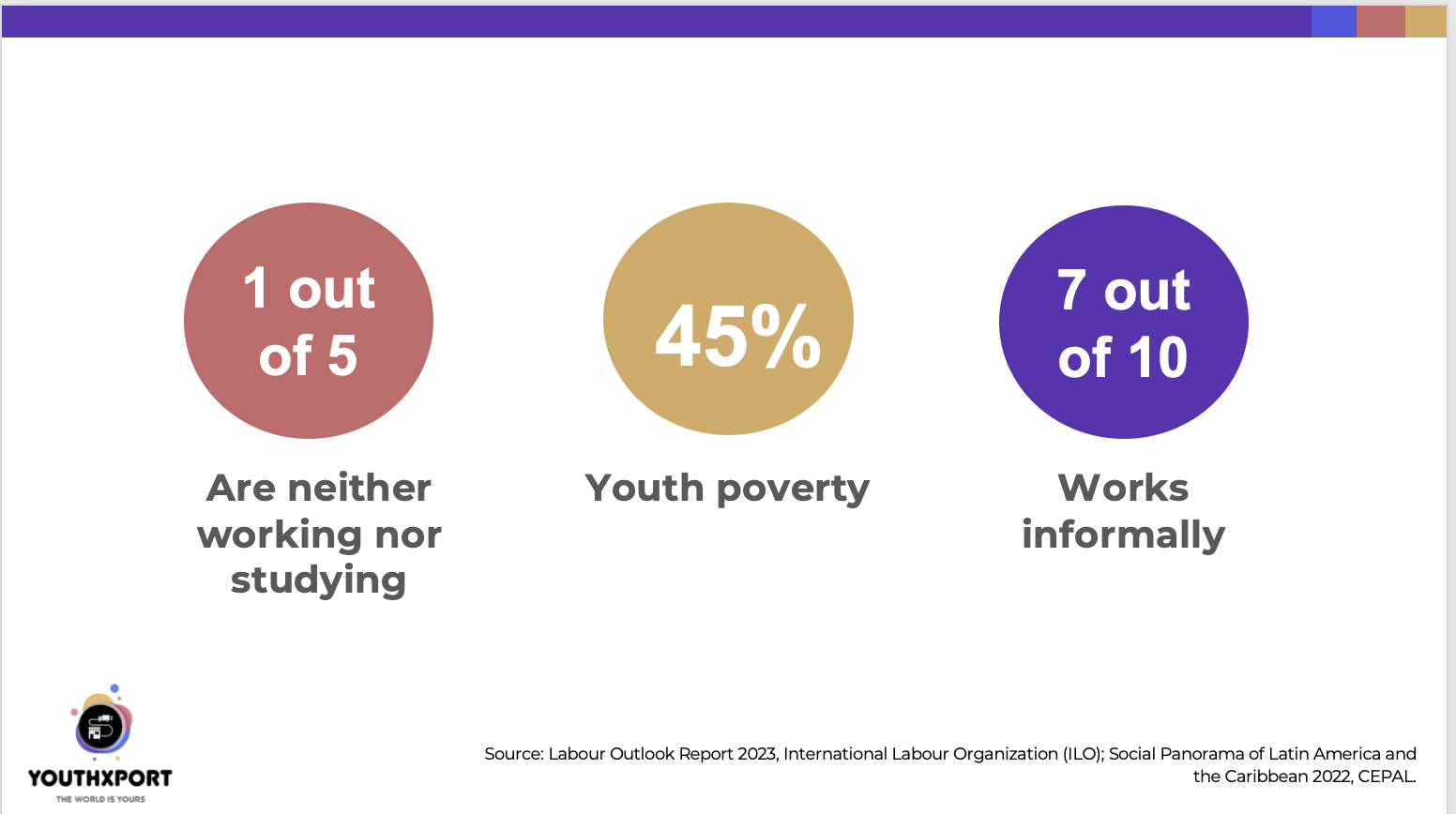
• Use video clips of less than 1 minute for impact
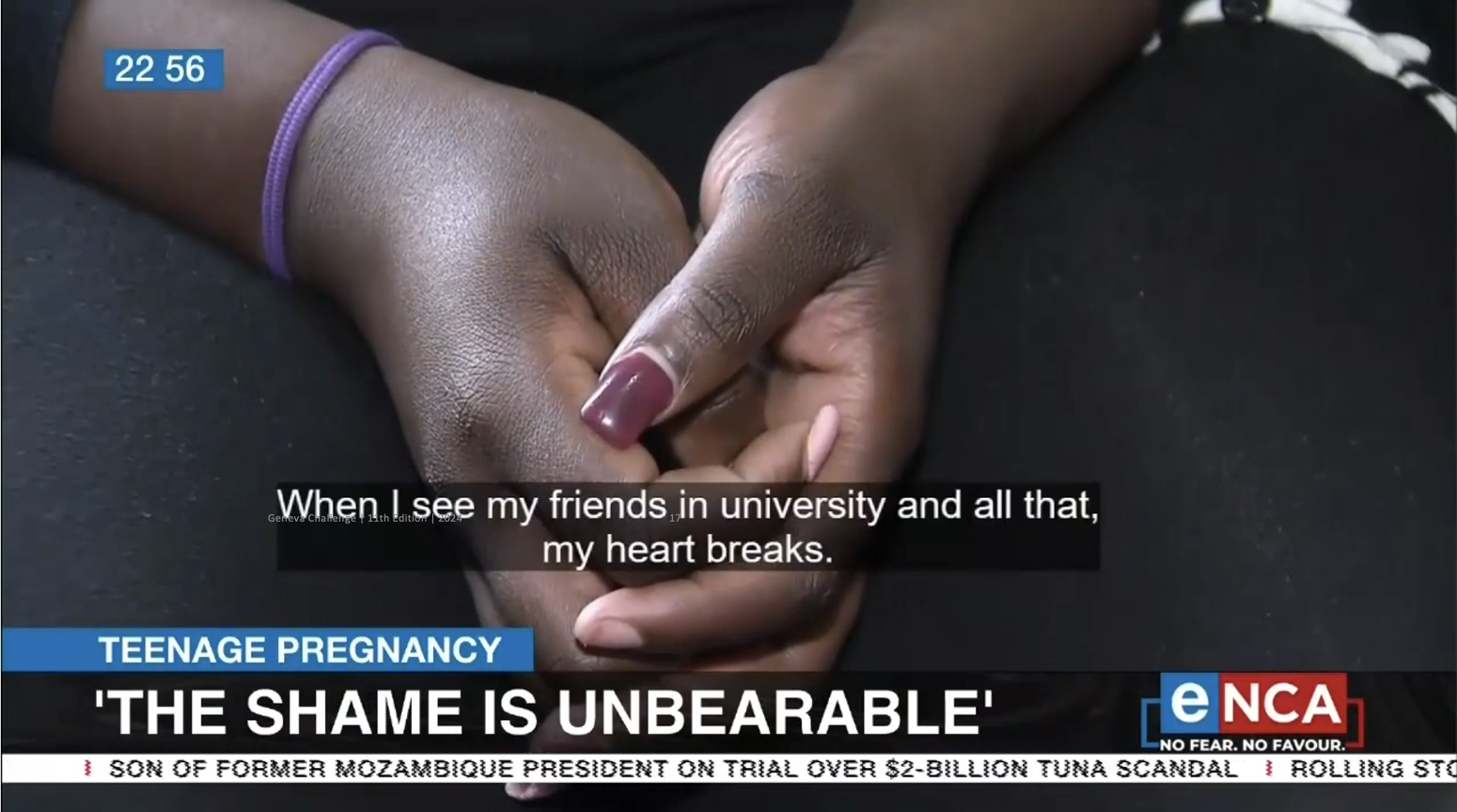
• Less is more. If asked for 15 minutes, prepare 14 minutes and keep to it.
As well as the 15-minute presentation, each team prepared a 2-minute pitch.
Here is the pitch from Team Africa – the winners of the 2024 Geneva Challenge for their project MNTASE Cares – Mobile Clinics for Youth Empowerment to address South Africa’s teenage pregnancy crisis.
It was simple, credible, concrete, emotional and beautifully delivered.
When was the last time you gave a great pitch or presentation?
Contact me for details of my coaching and team workshops.

by Claire Doole | Nov 3, 2024 | Blog, Leadership Communications
Pitching to an executive board is high-stakes. After months of hard work developing a project or strategy, you need the board’s buy-in—but securing it is no easy feat.
The room is filled with senior executives who are busy, and their knowledge of your subject might vary widely. Adding to the challenge, there may be up to nine members present—an odd number to avoid voting ties.
I’ve coached many professionals to navigate these make-or-break moments. So, what’s the secret to winning over the board?
Below are some tips and tricks that could help you get the thumbs up for your next pitch.
Preparation prevents poor performance
Advance notice is critical. Boards don’t like surprises. It pays off to informally speak with each member beforehand so that you can write a concept note that you can get signed off.
Make sure you send a PDF of your slides to the board a few days before the pitch so they have time to read it. This means they can absorb the main arguments and prepare some pertinent questions.
Think strategically
Craft a compelling case to win the board’s buy-in. Remember, people are driven by “What’s in it for me?” So, spell out exactly how your proposal benefits the organization—or what’s at stake if they don’t act.Why should they approve of your idea? How will this help the organization/company meet its strategic aims? Do not lead up to this point; make it straight away.
Then you move to the three key messages that you want them to retain.
People find it easier to remember things in threes. The rule of three dates back to the Greek philosopher Aristotle, who was renowned for his public oratory.
For each key message provide evidence – facts, statistics, or even stories. Think not only about the benefits but also have a message for the sceptics. For example, why should they back a project that might be risky?
Keep it short and simple
Pitches vary in length between three and seven minutes, but remember you have to keep the attention of people who are busy and most probably thinking about all the other things they have to do.
If you are using slides, put the key messages in the top left-hand corner, as that is where people first look. They have to understand a slide at first glance.
Avoid death by PowerPoint – the slides are there to keep you on track, as a prompt.
Encourage questions
You should embrace questions, as they show interest and are an opportunity to learn and get ideas on how to improve your project/strategy. Of course, you should have anticipated key questions and included them in your pitch.
One final tip
I used to make videos and dreaded the validation process. One tip a colleague gave me was to include something that you know won’t be approved, as they fixate on this and tend to agree to the rest.
A friend who is a master pitcher uses this technique, and says it works every time with her board!
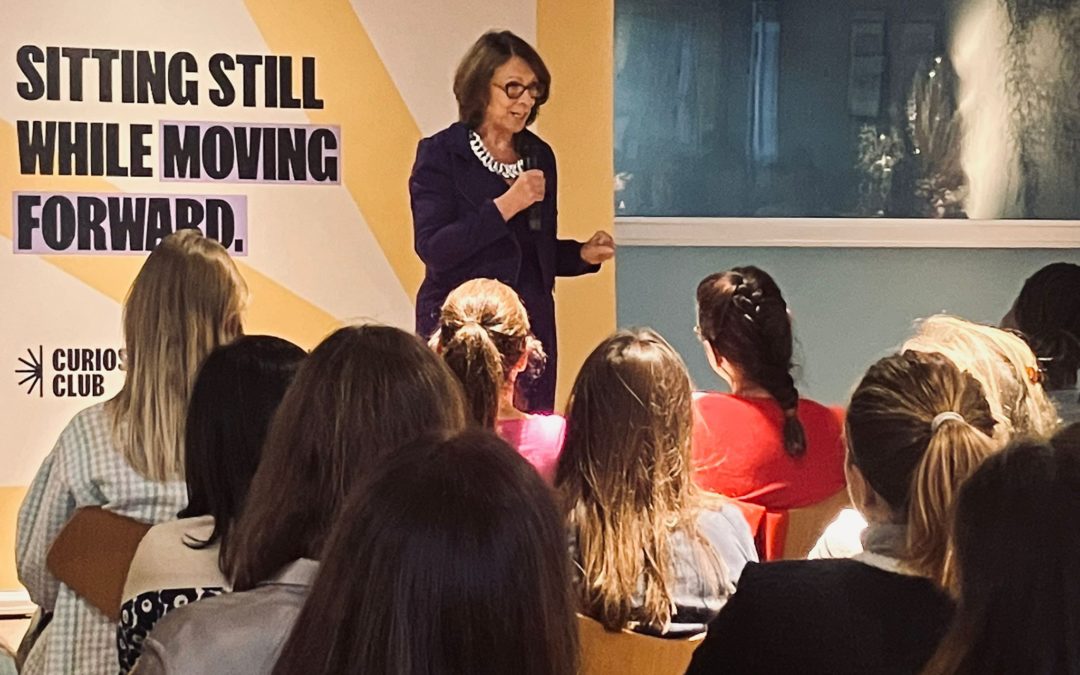
by Claire Doole | Sep 26, 2024 | Blog, Public Speaking
“We are a new women’s networking group in Geneva and would love you to talk for 40 minutes about your career in communications”, says Valentine Honoré, the founder of the Curiosity Club.
My first reaction was, do I really want to talk about myself? The second, was do I have anything to say? And my third, 40 minutes is far too long.
You would think I would jump at the chance of talking to this group of women. But I have spent most of my professional life not talking about myself. I have always been most comfortable when asking questions as a journalist, or conference moderator, speaking on behalf of an organization or training people to speak in public or to the media!
Although the invite was out of my comfort zone, I thought it would be good to put myself in the shoes of the clients I train and coach in public speaking. They often tell me that they are also uncomfortable talking about themselves even though they know that personal stories help people connect.
Below are some tips and techniques on how I went about telling my story.
The audience is King (or in this case Queen!)
The key to impactful public speaking is making it audience centric. I thought about what this audience of mostly career women in their twenties to forties would want to hear that would be useful for them.
I divided my talk into the three main phases of my life – journalism, public relations and current career as a trainer and moderator. For each of these I came up with a life lesson that I felt would help these women advance their careers. For the record, my key messages were:
• Being good at your job is not good enough. You need to network.
• Be true to yourself. If you are not feeling empowered, leave your job!
• Know your own value, particularly when negotiating salaries or fees.
Storytelling builds connection
I illustrated the key messages with personal stories so that they would be memorable. Some of the stories were humorous or at least self-depreciatory, some revolved around unusual twists of fate and others were more poignant such as incidents of gender discrimination and worse. I wanted to be honest about the ups and the downs.
I added some insights on the state of the media, the rise of celebrity news and the spread of disinformation – subject areas that I have some expertise in, and some strong opinions!
Opening with impact
The Curiosity Club had chosen a great venue – le blé noir restaurant at La Comédie de Genève – the city’s premier theatre. I started with a few remarks about the reasons for my theatrical voice and a story about my short-lived career treading the boards.
At the start of a talk or speech, you should connect with the audience, by speaking about where they are at physically, mentally or emotionally. My theatrical voice had opened professional doors for me and I thanked the Club for opening their doors and inviting me to talk about communications in an ever-changing world.
Speaking without notes
You have much more impact if you speak directly to your audience, without any notes. I am always asked what you should do if you forget something. I always reply that the audience doesn’t know what you are going to say so won’t notice.
However, you can maximize your chances of not forgetting a key point if each point builds logically on the next. For example, I talked about covering the death of Princess Diana in Paris and this led me onto the challenges of being a female reporter and producer in an era where men filled most of the foreign correspondent roles in the BBC.
It helps too if you have a clear structure. I chose a chronological one from past to present.
Owning the stage
The stage was small, but I decided I would make every step count. I started and ended in the center. Stage left was my time as a journalist. Stage right my time in public relations and I moved between the two to illustrate a number of challenging transitions from journalism to public relations and back again.
Keeping to time
I had practiced and rehearsed my talk – saying it out loud like an actor as that helps the words stick. I thought it would be around 30 minutes, but in fact it was 37 minutes, as I responded to the reactions of the audience, and threw in a few more questions and thoughts as they came to me. This makes it sound even more natural and unscripted.
Still, 37 minutes is very long. TED talks are now a maximum 15 minutes, down from 18 minutes, no doubt to cater for people’s shortened attention spans. When I coach TEDx speakers, I usually advise 10 to 12 minutes. We all overestimate an audience’s ability to focus on what we are saying.
Amazingly, Curiosity Club members are, as their name suggests, innately curious and I asked them to tell me if they lost interest at any point. No one said they did, but remember we are in diplomatic Geneva!
It was however a lot of work to write the talk and deliver it without notes, even though this is what I do for a living.
Sitting still while moving forward
is the mantra of the Curiosity Club – an organization that works towards gender equality. The club holds meetings all over the world for women who want to exchange ideas, inspire each other and network.
I failed to network sufficiently at the start of my career, and only started when I set up my business. It is not something I now have a great deal of time to do, but networking with members of the Curiosity Club in Geneva was highly enjoyable and didn’t feel like work at all.

